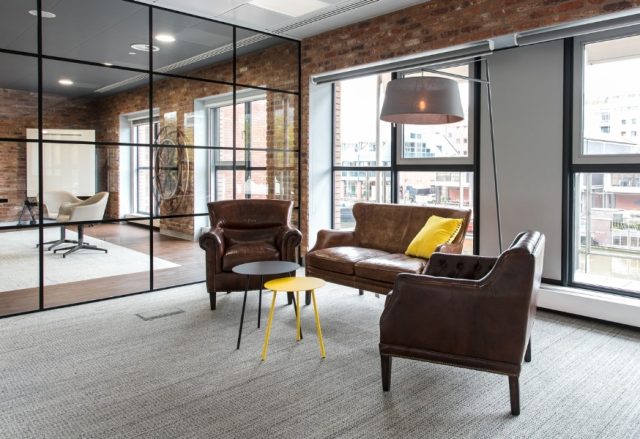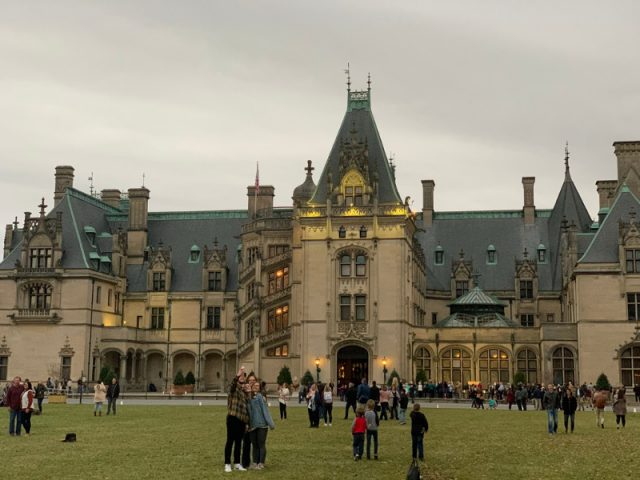
Blurring the Lines Between Residential and Commercial Design
June 22, 2018
With more and more clients wanting hotel-esque amenities in their homes, and workplaces trending towards a residential feel, the lines between commercial and residential design are blurrier than ever.
“The supreme accomplishment is to blur the line between work and play.” – Arnold J. Toynbee
The differences between residential and commercial interior design are getting blurry. According to the New York Times, 43% of employed Americans work from home at least part of the time. This is creating a massive shift in both the way homes and workspaces are designed.
More and more workspaces are making a shift towards something called “resi-mercial” – a combination of residential and commercial – adding in comforting elements of home and doing away with traditional cubicles and beige walls. This style places more emphasis on collaboration and meeting rooms, creating shared spaces that look more like a trendy coffee shop than a corporate office.
Residential spaces, especially urban apartment buildings and condos, are taking more cues from the hospitality industry when it comes to function and design. Personal spaces are becoming smaller, while communal spaces are growing larger and more luxurious, packed with hotel-esque amenities that go way beyond the basic pool and fitness center.
Clients want spa-like master bathrooms, kitchens that resemble five-star restaurants, and bedrooms with all the trappings of a luxury hotel. We recently had a client ask for the exact kind of beds that are in Westin hotels!
Whether it’s millennials aging into their buying power or boomers drawing inspiration from their travels, we expect to see residential, commercial and hospitality styles continue to converge and reshape themselves in the future.

Share
You Might Also Like
Find us on Instagram














